Unlocking the Enigma of Fan Mould
- Home
- > Injection Molding
- > Fan Mould
Share :
Share :
Introduction
A fan mould, also known as a fan die or fan blade mold, is a specialized tool used in the manufacturing process of producing fan blades. A fan mould consists of two main parts: the cavity, which defines the external shape of the fan blade, and the core, which defines the internal features, such as the hub and blade attachment. These two parts work together to create the desired geometry of the fan blade. In recent years, the use of fan molds to produce fan blades has rapidly gained popularity, with custom fan molds used to produce fan blades of different sizes, shapes and designs to meet the specific requirements of different industries.
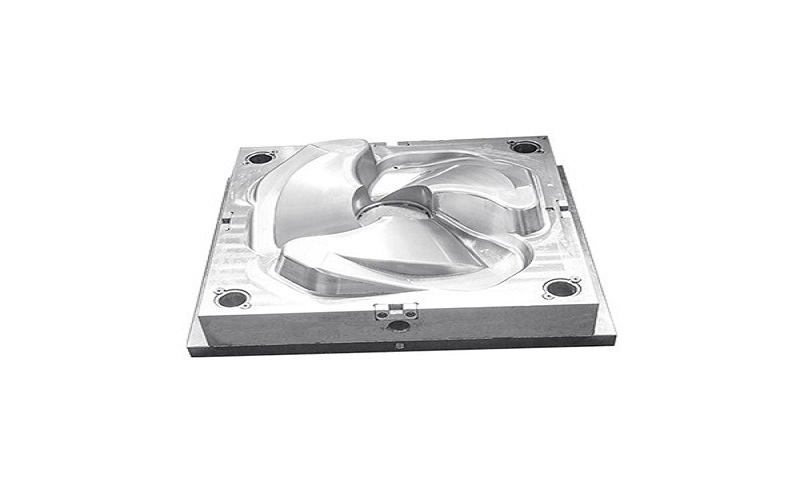
Plastic Injection Fan Mould Series
Different types of fan molds vary greatly in design and function, varying their performance by creating fan blades in a variety of sizes and shapes. Some popular types of fan molds include axial fan molds, centrifugal fan molds, and cross-flow fan molds.
Axial Fan Mold
Axial fan molds are typically designed with multiple curved blades around a central hub for the production of axial fans that produce airflow parallel to the axis of rotation. Through strategic design, axial fan molds can manipulate air speed, producing a whirlwind capable of cooling mechanical systems or aiding in mechanically assisted lung therapies. With good craftsmanship, engineers can expertly engineer strong airflow devices that help conserve resources and perform their roles with maximum efficiency.
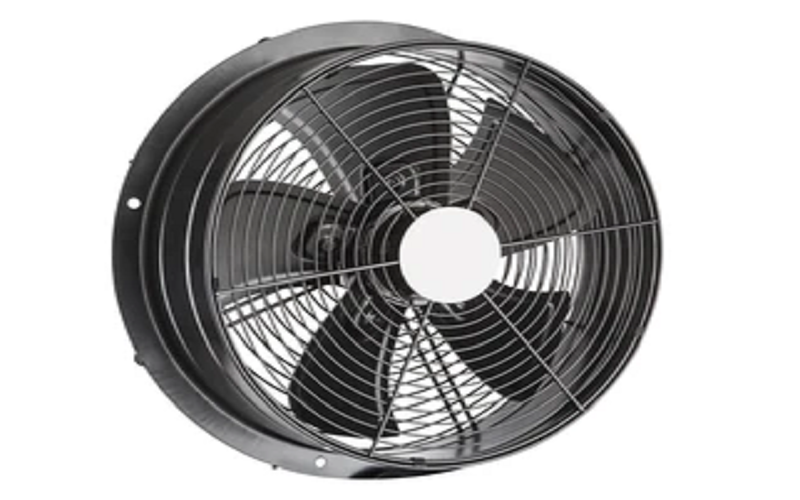
Centrifugal Fan Mold
Centrifugal fan molds are used in the manufacture of centrifugal fans. With the help of the curved blade design, it is possible to generate air flow perpendicular to the centrifugal centerline, while also boosting the pressure airflow. This shape allows future blades to have an aerodynamic form that is designed to ease the rotation process and provide efficient results.
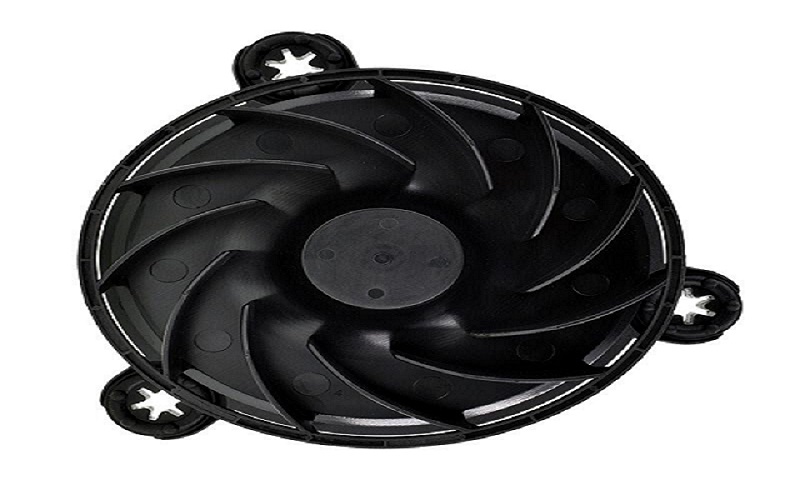
Crossflow Fan Mold
The purpose of a cross-flow fan mold is to produce a cross-flow fan or tangential fan that produces airflow through a narrow opening perpendicular to the axis of rotation. These molds typically have one or a set of blades extending along the length of the fan. In a cross-flow fan mold, the design of the blades plays a critical role in achieving the desired airflow characteristics. The curvature and angle of the blades affect the direction, speed and pressure of the airflow. By adjusting the design of the blades, the airflow organization and performance of the cross-flow fan can be optimized.
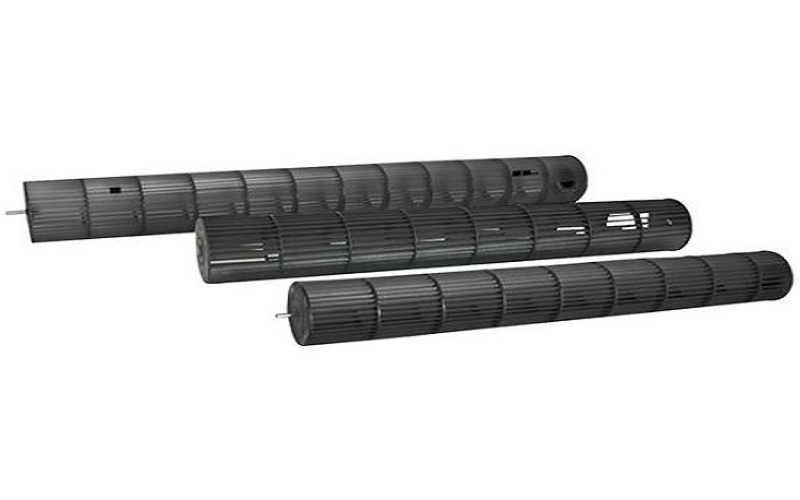
Processing
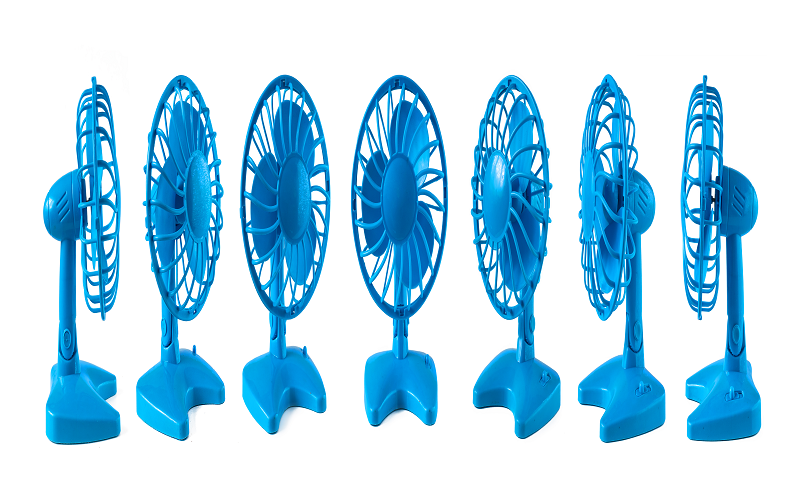
The injection molding process is widely employed for fabricating fan molds. This process entails injecting molten polymer into the injection mold cavity to shape the fan blades. Typically, thermoplastic resins are utilized as the polymer for injection molding. The molten polymer is then forcefully injected into the fan mold cavity at high pressure, allowing it to cool and solidify. Fan molds are composed of two halves that interlock to form a cavity, determining the fan blades’ final shape.
The fan mold processing encompasses various steps, including the mounting of the mold on an injection molding machine, adjustment of machine parameters, and fan production. Initially, the mold is affixed to the injection molding machine, and the injection machine is configured based on the material and mold requirements, encompassing temperature settings, injection pressure, and cycle time.
Subsequently, the raw plastic material is loaded into the injection unit and injected as molten plastic into the mold cavity through the gate or gates using the high-pressure injection method. The injected plastic is allowed to cool and solidify within the mold cavity, utilizing a dedicated cooling system designed for fan molds to effectively extract heat from the molded component.
Once the part has solidified, the molded section of the mold cavity is ejected using an ejector pin or plate. Thorough inspection of the molded fan part is conducted to identify potential defects such as flash, dents, or dimensional inaccuracies. Any excess material is trimmed off during quality checks to ensure that the part aligns with the required specifications and standards.
Applications
Fan mould are used as a common tool in a wide variety of industries that require air flow and ventilation. Here are some common applications of fan molds.
Household appliances:Fan molds are used to produce fans in various household appliances, including refrigerators, air purifiers, air circulators and exhaust fans. These fans help keep appliances in use in the home by controlling proper airflow, ventilation and temperature.
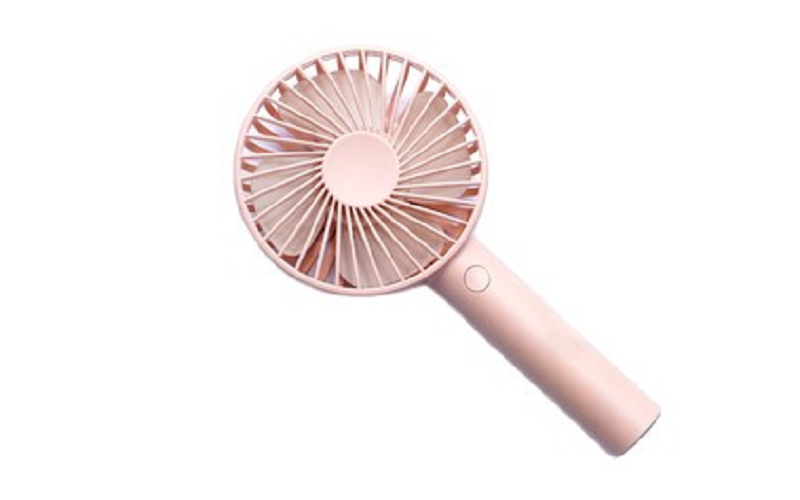
Electronics Cooling:Fan molds are used to manufacture fans that are specially constructed to provide effective cooling to dissipate the heat generated by electronic devices, often used as essential for cooling electronic components in computer systems, servers, power supplies and electronic enclosures.
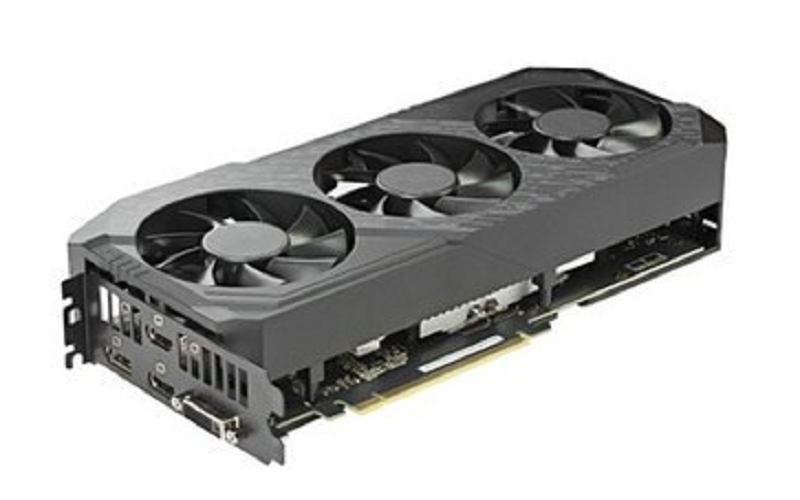
Automotive Cooling: Fans play a vital role in cooling automotive engines, radiators and air conditioning systems. Fan molds are used to produce engine cooling fans, HVAC systems and other vehicle cooling applications.
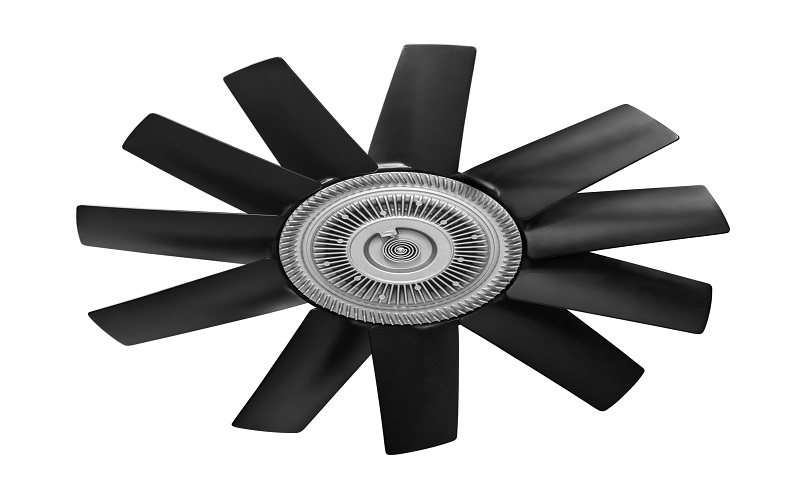
Industrial Ventilation:In industrial production, fans are set up to maintain proper ventilation, emit harmful gases, and promote air circulation. Fans are manufactured using fan molds that can withstand harsh environments and provide reliable performance.
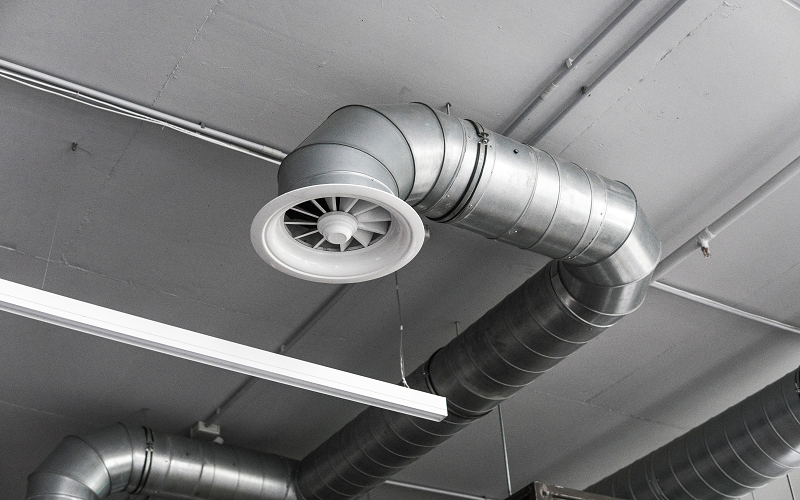
HVAC Systems: Fan molds are used to produce fans for heating, ventilation and air conditioning (HVAC) systems. With the help of fan design, the circulation and distribution of air within a building is adjusted to ensure proper air quality, temperature control and comfort.
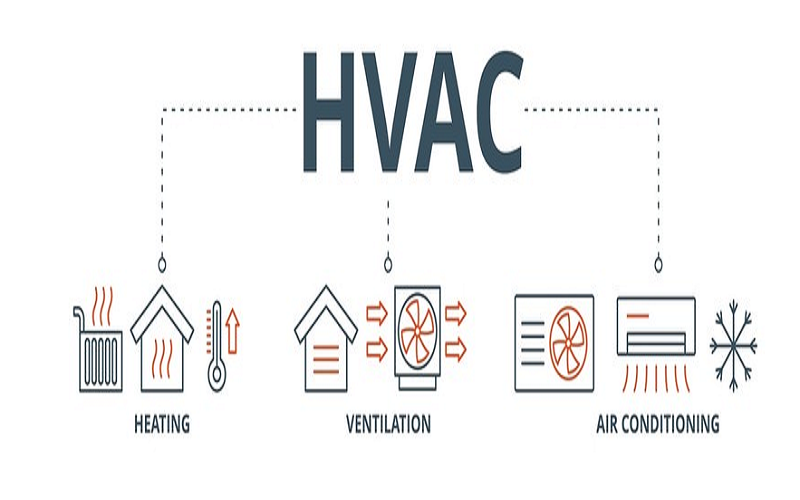
The above are just a few examples of fan mold applications. The specific design and requirements of a fan mold depend on the application, desired airflow characteristics, material selection, and other factors related to the industry or product being produced.
Tips Of Designing A Fan Mould
The specific design and requirements of the fan mould depend on the application, desired airflow characteristics, material selection, and other factors specific to the industry or product being produced.The following are some of the key aspects involved in the design of a fan mould:
Fan blade design
The design of the fan blade is an important factor in determining the performance and efficiency of the fan. In order to adapt to different application scenarios and performance requirements, the number of blades, blade shape, size and pitch angle are all factors to be taken into account.
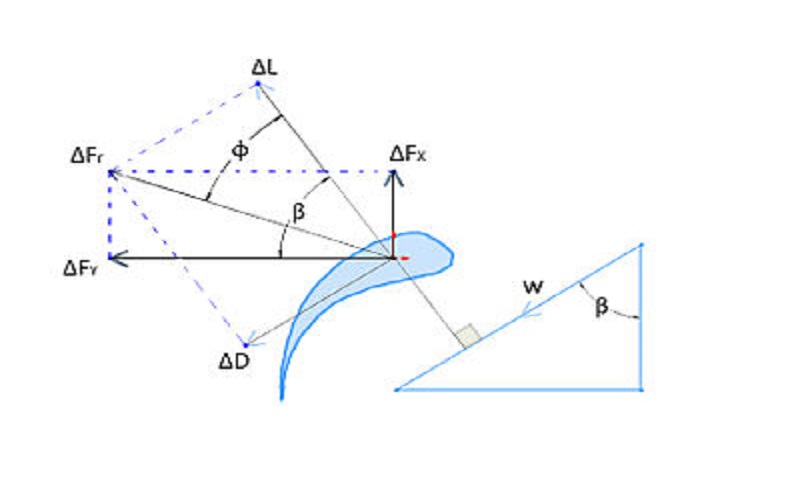
Material Selection
The choice of material for the fan blade affects the design of the mould. Different materials have varying properties such as stiffness, durability, and heat resistance. The mould design should accommodate the specific requirements of the chosen material.
Mold construction
A fan mould consists of a cavity and a core. The cavity determines the external shape of the fan blade, while the core determines the internal features. These parts need to be precisely designed to fit the dimensions of the fan, and the surfaces of the cavity and core can be textured or treated to achieve a specific surface finish for the fan blade.
Cooling System
During the injection molding process, the mold design incorporates cooling channels or systems with the primary goal of efficiently and uniformly cooling the molded part to ensure proper dimensional accuracy, minimize cycle time, and improve overall productivity.
Runner and Gate Design
The runner system delivers molten material into the cavity, while the gate controls the flow and entry point. The design of these components should ensure proper filling of the mould cavity and avoid any defects or air entrapment.
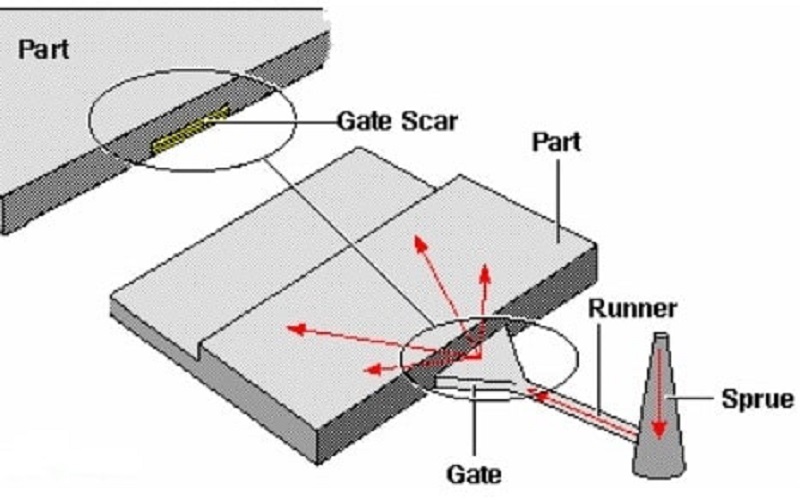
Why Choose FowMould As Fan mold Supplier in China
As a leading company in the injection molding industry in China, Fowmould has extensive expertise and experience in mold manufacturing. We can provide quality mold custom design and manufacturing services for a variety of industries, including automotive, electronics, electrical, etc.
Firstly,FOWMOULD understands that each fan’s design dictates different performance and appearance, and we can customize the mold to meet your specific needs. We will communicate with you to understand your design specifications, tolerances and production volume requirements to design an exclusive fan tooling solution.
When it comes to mold quality, FOWMOULD utilizes advanced technology and equipment to ensure accuracy and consistency in mold production, maintains attention to detail and quality control processes, and is committed to providing high precision, quality molds. At the same time, FOWMOULD provides cost effective solutions for mold manufacturing. They optimize the mold design and manufacturing process to minimize material waste, shorten production time, and give customers at a reasonable price.
As a final point, FOWMOULD honors its commitment to timely delivery. Streamlined production processes and an effective project management system are in place to ensure timely delivery of your fan molds.
Considering these factors, FOWMOULD can be a reliable sellers for making fan molds, providing you with high-quality, customized molds that meet your specifications and production requirements.

Summary
In conclusion, fan molding is indeed an important process that plays an important role in our daily lives and has a wide range of applications in a variety of industries. Understanding the complexity of fan molding is essential to developing innovative product designs and improving the efficiency and effectiveness of fan production. If needed, FOWMOULD can be a reliable choice for making fan molds, providing you with high quality custom molds that meet your specifications and production requirements.
